Fissures and Sulci
Rachel Jessop and Jim Hutchins
Objective
1. Identify the major fissures and sulci of the human brain.
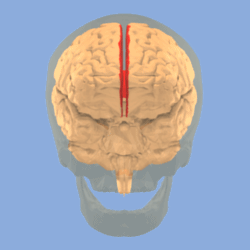 Fissures or grooves in the surface of the cortex are called sulci (singular, sulcus; Latin, “furrow, groove, ditch, trench”). Deep grooves are called fissures. Bumps on the surface are called gyri (singular, gyrus; Latin: “ring, circle”).
Fissures or grooves in the surface of the cortex are called sulci (singular, sulcus; Latin, “furrow, groove, ditch, trench”). Deep grooves are called fissures. Bumps on the surface are called gyri (singular, gyrus; Latin: “ring, circle”).
We have already encountered the medial longitudinal fissure (sometimes called the longitudinal fissure), a deep groove which divides the brain into right and left halves.
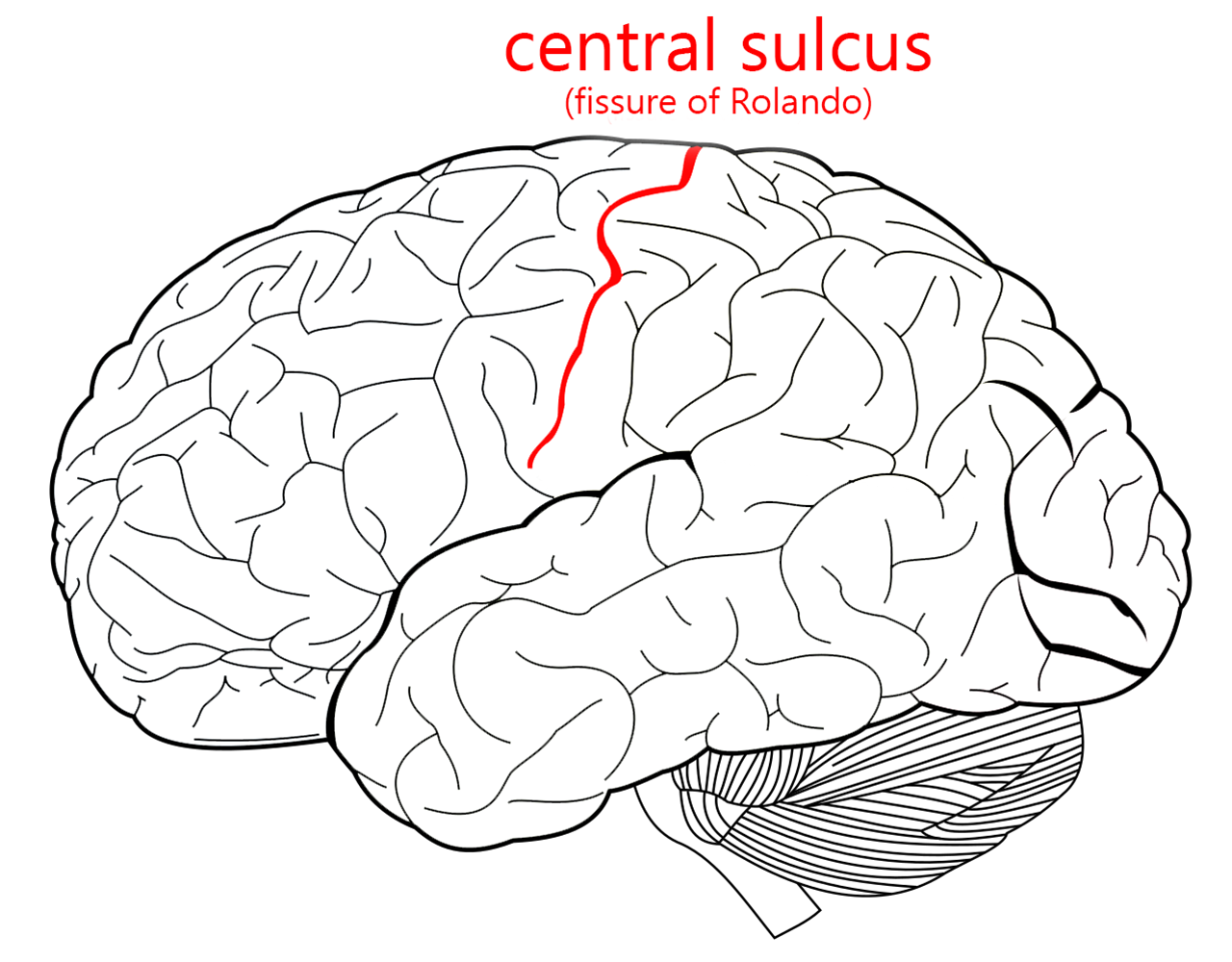
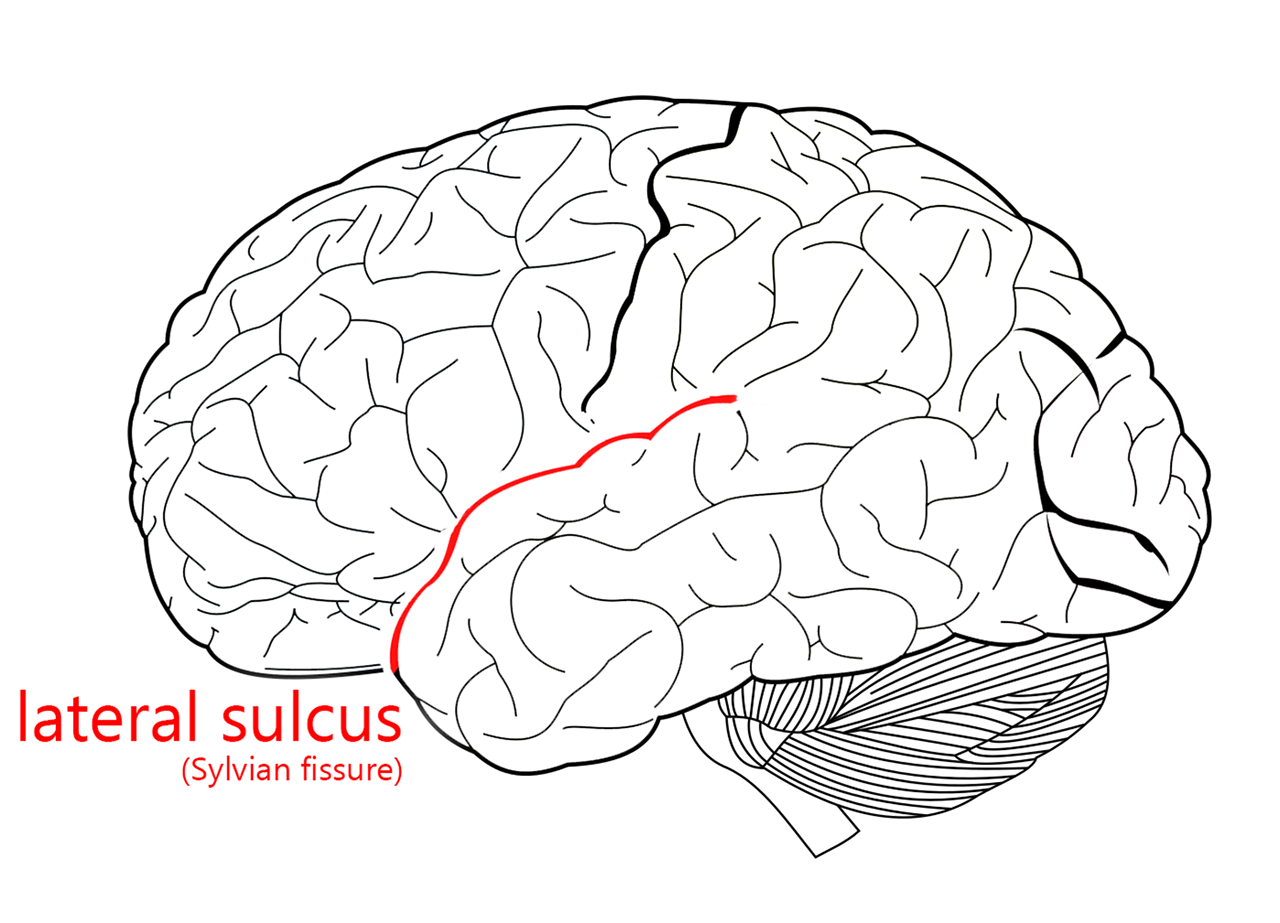
The frontal lobe and parietal lobe are separated by the central sulcus. The name seems to say that it’s easy to locate; in practice, it’s harder to find than you might think. The central sulcus forms the border between the frontal lobe and parietal lobe.
The lateral sulcus is often called the lateral fissure. As the name implies, it’s probably the most prominent feature of the lateral surface of the brain. Whenever I draw a stylized lateral view of the brain, I include the lateral sulcus and the outline of the brain and I’m done.
The lateral sulcus divides the frontal and parietal lobes superiorly from the temporal lobe inferiorly. It becomes shallower as it passes posteriorly and is surrounded by the angular gyrus, an area important in human language.
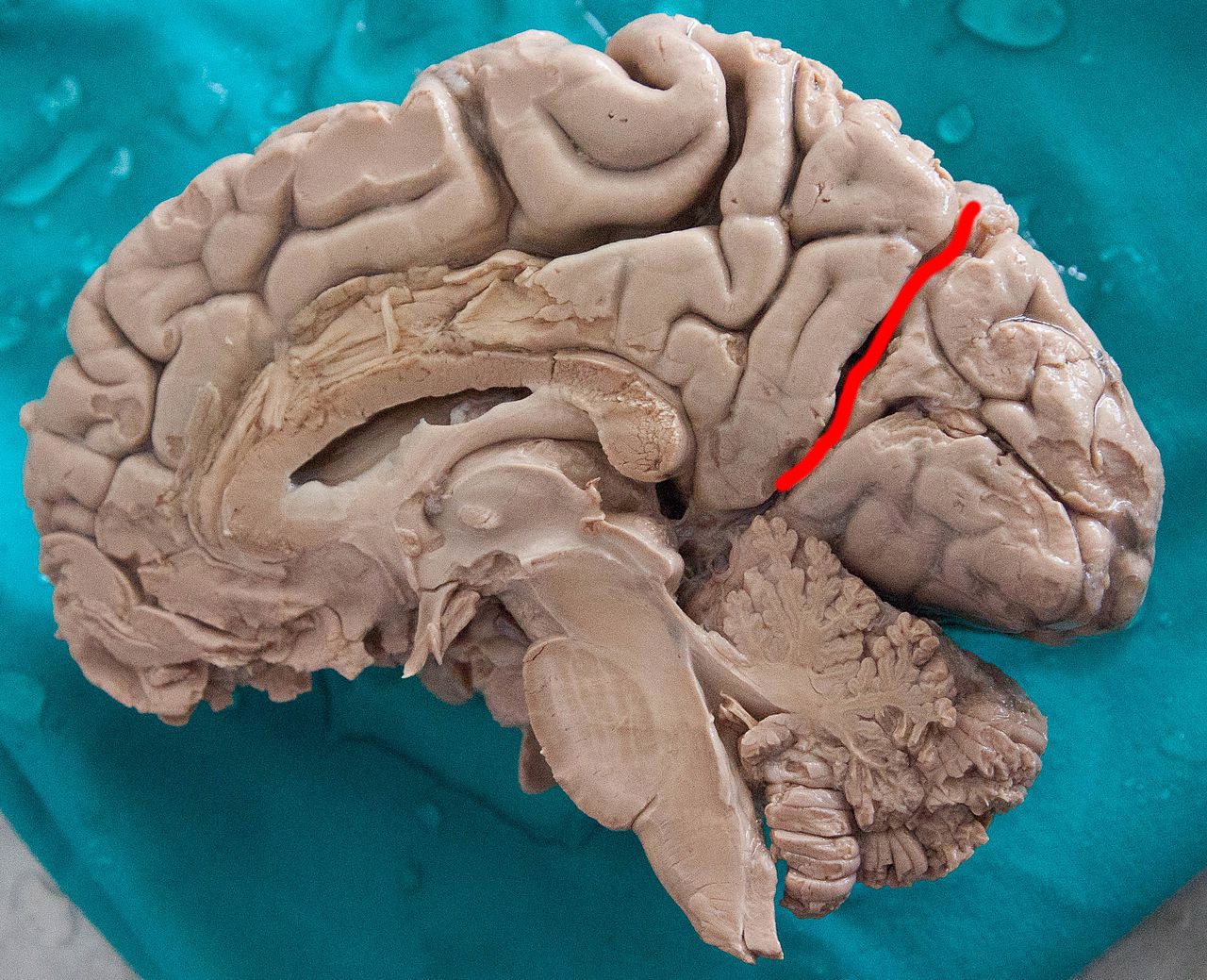
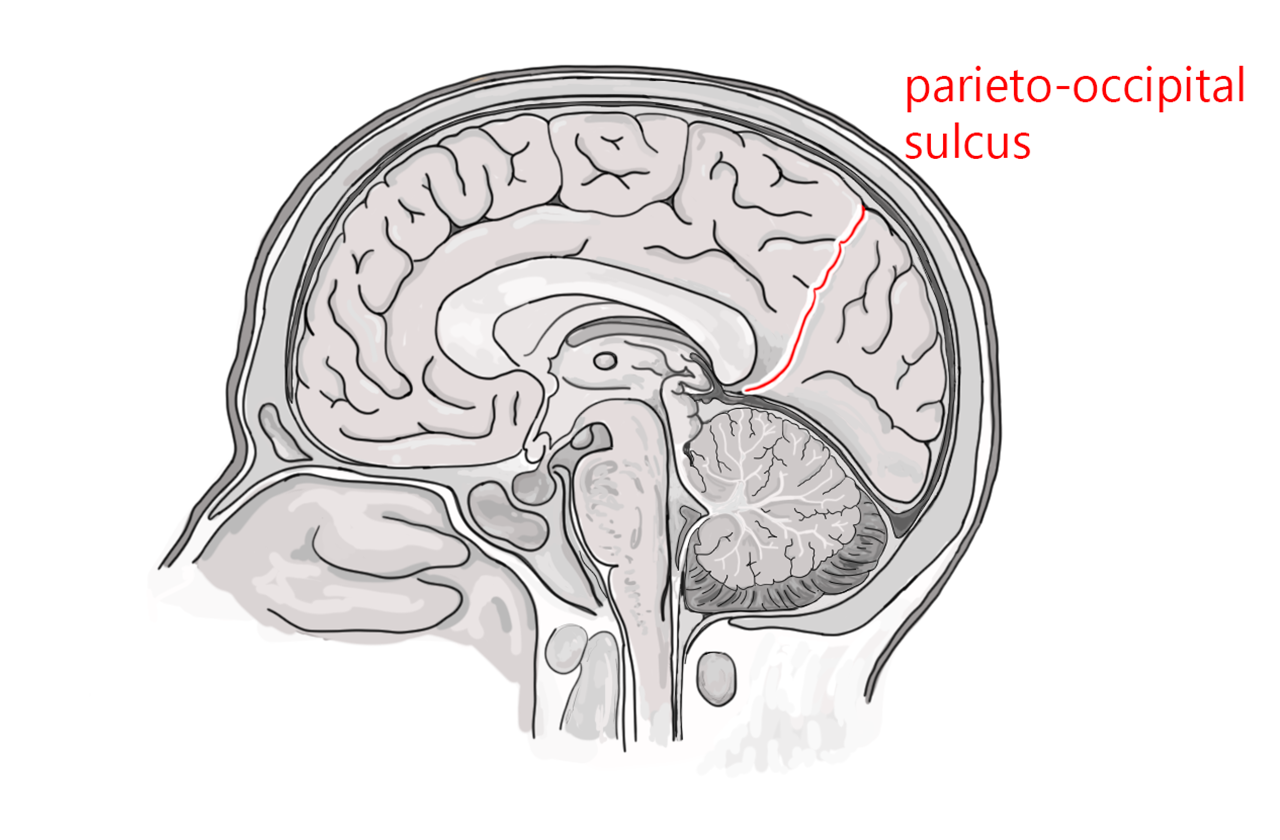
The parietal lobe and occipital lobe are separated by the parieto-occipital sulcus. The good news is, it’s a reasonable name for a sulcus separating the parietal and occipital lobes.
The bad news is, it’s only visible on the midsagittal surface.

